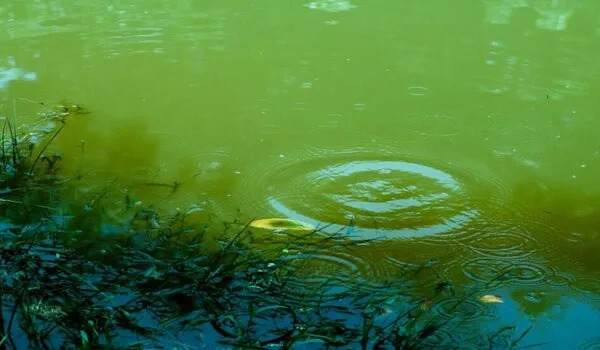An international team examined 656 lakes from five continents to provide empirical proof for a long-held idea about low deep-water oxygen concentrations, or anoxia.
Abigail Lewis traveled throughout the United States for college and graduate school, but she ended up researching lakes in her hometown. Lewis collaborated with an international research team to evaluate 656 lakes from five continents for one of her graduate research projects. The lakes near her hometown of Waukesha, Wisconsin, were among those mentioned.
“To look back and pull together these two parts of my life has been really satisfying,” said Lewis, who will receive her Ph.D. in biological sciences this spring.
In a paper recently published in Global Change Biology, Lewis and her team provide empirical evidence supporting a theory that low deep-water oxygen concentrations in a given year perpetuate a continued cycle of low oxygen, also known as anoxia, in following years. This is known as a positive feedback.
We document positive feedback where low oxygen conditions in the bottom waters of lakes around the world lead to increased algal growth, and the decomposition of algae further promotes oxygen declines.
Dr. Lewis
Of the total lakes investigated, 356 had 10 years of data, and the scientists discovered that 34 percent of them exceeded the oxic, or oxygen-containing, threshold and became anoxic. Only 90 of the 356 lakes analyzed have never suffered anoxia in a year. This figure depicts the positive feedback cycle, in which low oxygen concentrations in deep seas maintain a cycle of low oxygen. Image credit: Abigail Lewis.
“We document a positive feedback where low oxygen conditions in the bottom waters of lakes around the world lead to increased algal growth, and the decomposition of algae further promotes oxygen declines,” said Lewis, an Interfaces of Global Change Fellow.
Algae blooms affect the water quality and disrupt the ecosystems of lakes. They can be toxic to humans, lead to the release of metals such as arsenic, and lead to massive fish kills. Deep-water anoxia leads to the release of phosphorus from sediments, which exchanges with well-lit surface waters and contributes to algae blooms.

“It’s especially important to prioritize conservation efforts for lakes that are approaching the threshold of experiencing anoxia but are not quite there yet,” he said. “attempts to prevent issues from occurring in the first place are far more valuable than attempts to restore a lake after they have occurred. It’s almost too late when you start seeing frequent algal blooms.
Climate change and land use are two elements that can alter a lake’s anoxic status.
“We have power over climate change on a long-term scale, but not on a short-term scale. “The land-use decisions that we make have the potential to be extremely important because they are something that we can control in the short term,” Lewis stated.
While interventions were not a part of this study, researchers have long known that low oxygen conditions can cause water quality problems, so they already have a stash of interventions to prevent lakes from becoming anoxic. However, Lewis and her team’s empirical evidence for a positive feedback effect will help researchers and water managers gain support from the public.
Lewis’ foray into this lake of research began during her first semester of graduate school in 2019, when she attended an international conference on lake ecology and took part in a working group session. She and her colleagues are part of the Global Lake Ecological Observatory Network (GLEON).
“GLEON is an amazing group of lake scientists from all around the world, and they have a supportive culture where they encourage early career scientists to step up and take the lead on projects,” Lewis went on to say.
















